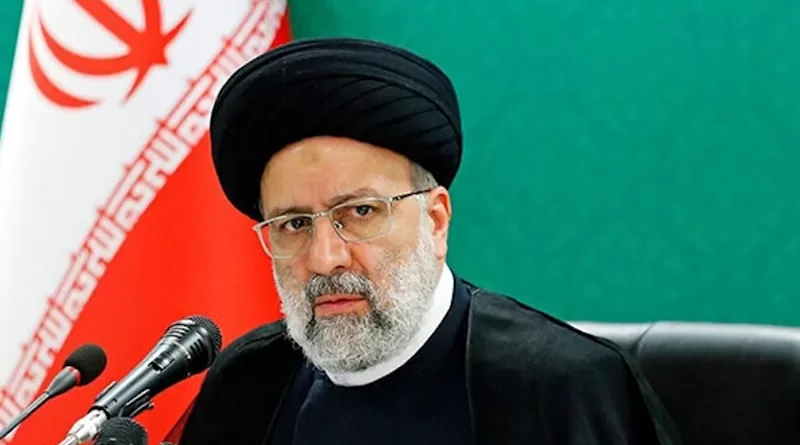Iran’s New President Key Member Of Death Commission In 1988 – OpEd
By Hamid Enayat
Political prisoners in Iran and the Iranian diaspora see the current Iranian president’s term in office that began on August 3rd as a validation ceremony of his oppressive efforts on behalf of the regime. In 1988, Raisi was a key member of the Death Commission in Gohardasht Prison and a deputy prosecutor in Tehran. On that commission, he approved the execution of thousands of political prisoners, particularly those of the People’s Mojahedin Organization of Iran (PMOI/MEK).
In a firsthand account from one of the political prisoners who met him during 1988, it is clear that his strength was his willingness to protect the Supreme Leader and his corrupt government at all costs.
“I was struck by his youth almost as much as I was struck by his arrogance, intolerance, and thuggish attitude. The effects of this lack of formal education were immediately apparent to me. Raisi clearly reveled in having power over life and death, and he wielded it freely in thousands of cases during that summer’s massacre of political prisoners,” said Mahmoud Royaei, a former political prisoner in Iran.
Ironically, when asked about his ties to the 1988 executions, Raisi claimed that everything he has done in his career was to defend human rights. For Royaei, who was serving a 10-year sentence before being called in front of the death commission, Raisi was not defending human rights. Instead, he was making life and death decisions in a matter of minutes, with execution being chosen more often than not.
“The basis of my 10-year sentence was nothing more than a refusal to submit to the Islamic theocracy or disavow affiliation with the organization. That affiliation meant the explicit denial of many of the regime’s closely held, backward religious beliefs, such as the notion that Islam requires the forced veiling of women, that women, are half the value of men, and that adherents of other religions are ‘infidels’ whose voices must be excluded from Iranian society,” said Royaei.
Throughout the history of the regime, it is clear that this account is not a once-in-a-lifetime occurrence. Those who disagree with the regime faced dungeons, interrogation rooms, and isolation chambers. Torture remains a common occurrence. People are frequently beaten and raped, in hopes that you will disavow any organization in opposition to the regime.
Those who were not executed back in 1988, often escaped simply because they did not outwardly appear to be strong supporters of the PMOI/MEK or other opposition organizations. Raisi’s election is viewed as the death of hope in Iran. While Khamenei’s loyalists refer to his as the leader of an Islamic Revolution, the truth is that he leads extremists who will stop at nothing to maintain their power and hold on the wealth of the Iranian people.
This election was rigged to put into power a man without conscience who would support Khamenei, no matter what oppressive decisions that he makes. The Iranian people will not stand for this indefinitely. Instead, a time when the injustices of this regime are called to account is coming. Hope has not died but lives in the Iranian people who want something better for their future.

